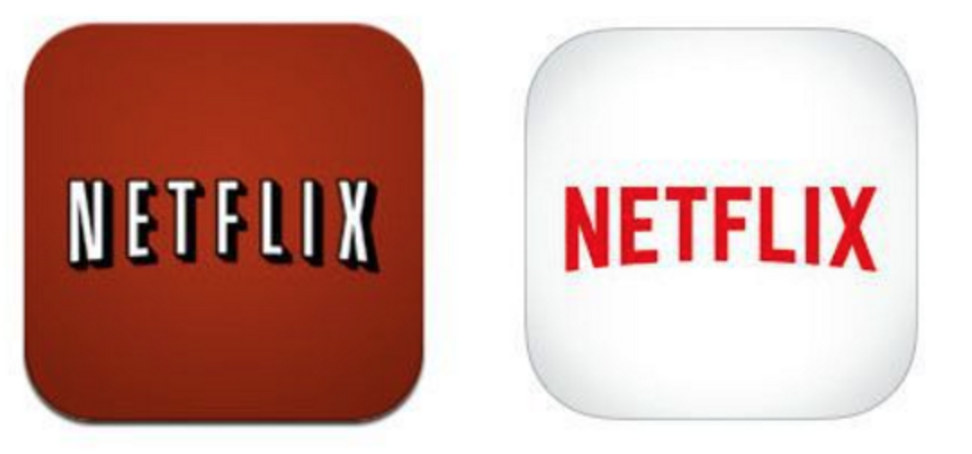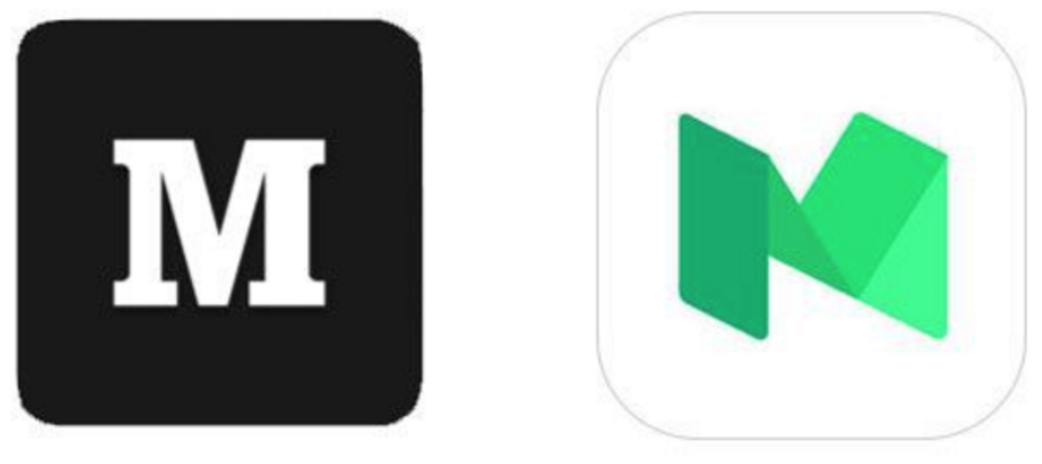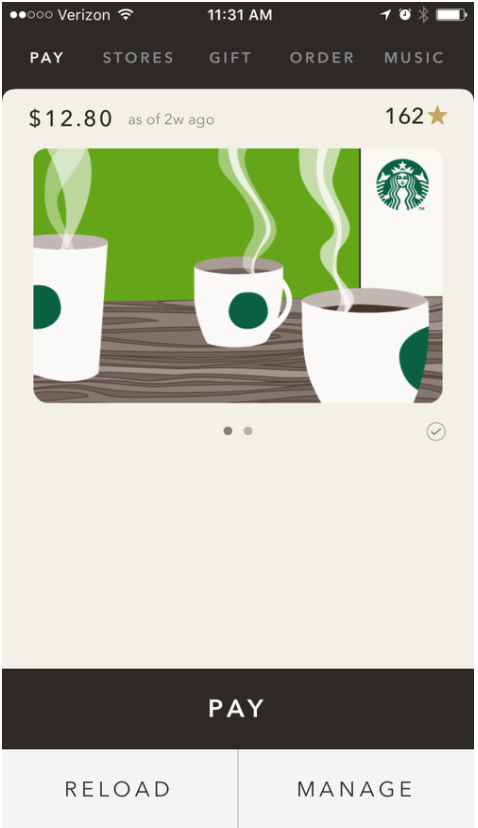If you’ve just invested time and money into creating a new app, your next priority is going to be to promote it as widely as you can to grow your users. app marketing
Effective app marketing means you’ll be covering a number of channels, both traditional and newer, while honing your messaging to attract the right users who your app is best suited to.
We’ve used a range of different marketing channels, sometimes focusing heavily on one or two or sometimes with a very diverse spread. Here are some of the most effective ways to market your app:
#1. Pre-Launch Build-up
The most successful apps tend to have begun their marketing well before their app is ready for launch. Pre-launch marketing often begins when you start building the app — you have a concept and clear problems identified that you will solve, which means you can start targeting your ideal audience for your app.
Landing Page
Some companies will start even earlier to court interest, especially to ensure that they’re on the right track with what they’d like to build. This is where a pre-launch landing page to capture the email addresses of interested prospects is a great idea.
Outline some key benefits and give a clear call to action — you don’t need anything complicated or a ton of detail at this point. Keep it simple, attractive and on-brand. By seeking out potential users early, you have the opportunity to gather feedback from them and possibly even have them champion your app later on.
Promote your landing page via your website and any social media channels which will be relevant to your intended audience. Consider using Twitter Cards (see Sprout Social’s guide here). Twitter tends to attract audiences of “early adopters” who may be your first signups. Lead Generation Cards are designed to enable you to capture leads without the viewer needing to leave Twitter.
Communicate with interested potential users early and often. Use email to build buzz and give sneak peeks into new features or the look of your app.
If you would like to test on beta users, put the call out via your email list — the advantage of doing so is that you already know those people are interested in what you are building.
#2. App Store Optimization
When you’re ready to launch, it’s important to work on app store optimization early. This means ensuring that your app will meet ranking criteria for app stores. You can’t control every aspect, but you can have some influence over it.
Here are some practical steps you can take to optimize for the app store:
Use the Right Language and Keywords
This really starts with knowing who your target market is and understanding the language they would naturally use. What would they search to find an app like yours? Put yourself in the customer’s shoes and write descriptions which will make your app easily searchable. Do your keyword research and determine the natural language customers use to find your app. Use these in keywords fields (Apple) or app descriptions (Google).
Another important consideration here is the name you give your app. A productivity app named “Pumpkin” isn’t an automatic fit with the subject, whereas including a relevant keyword in the title can help boost your ranking by clearly showing what you’re about. Research backs this up. Tune conducted a study of top 25 ranking apps and found that those which contained a relevant keyword in the title ranked on average 10.3% higher than those without.
Create an Icon that Pops
When you scroll through the app store, it’s often a cool icon that will grab your attention, right? This is why it’s important to give thought to how you can give your app an image that stands out.
Mashable published an article which goes into the “good, bad and ugly” of app icon redesigns which happened this year. The best app icons are simple and clearly convey what the app is about, such as the Netflix redesign below, which takes into account newer, cleaner design trends:

On the other hand, what is going on with Medium, as shown below? The redesign at the right is barely recognizable. Besides creating a logo which people notice in the app store, you want people to be able to pick it out among the crowd of apps on their phones too!

Drive More Downloads
More downloads equal better ranking in the app store, so you should be trying every possible strategy to drive more. Here are a few ideas on that:
- Include screenshots in your app description. There are many people who are more visual and are more likely to download based on images than reading through a whole lot of text.
- Keep your app description updated with any new features or fixes you have made. People like to see that an app is regularly maintained and that you are responsive if there are any bugs.
- Localize your app listing if you’re targeting international markets too. Google and Apple both allow you to do this and it helps to improve discoverability of your app for people in different areas.
- Encourage more ratings and reviews. These are often one of the first places interested browsers will look to see if your app is for them. Ask the early adopters you found to go ahead and review your app.
#3. Engaging Content
We covered apps that are nailing content marketing recently, but it’s worth highlighting that producing quality, engaging content is proven to be one of the best ways to promote and drive more traffic to your app.
Another thing to consider is your in-app content — how will you keep people interested and coming back for more? Users of apps are notorious for getting bored quickly, never to return (even the Pokemon Go phenomenon has seen drop-off).
Creating fresh, original in-app content regularly not only helps to keep up the user engagement, but it helps with your acquisition too. As we pointed out earlier, people tend to look for apps which are kept regularly updated as a sort of quality assurance.
#4. Loyalty Programs
Which would you prefer; casual app users or highly engaged proponents of your app? The purpose of loyalty programs is to boost the profile of your app and generate more of the latter type of user.
A loyalty program may take many forms, including strategic partnerships with relevant vendors. The idea is to create a win/win: you get more user engagement and attract new users while the user gets something extra that will be of value to them.
Starbucks is probably one of the best-known company apps which has had a major win by incorporating loyalty rewards. Recent results attributed a lot of their success to the implementation of a leading-edge loyalty component to their app. Offering a way to build up to certain rewards offers a gamification element to your products, as well as an increased perceived value.

It Comes Back to the Customer…
In the end, successful app marketing is all about identifying exactly who your ideal customer is and keeping them at the center of what you do. This begins in pre-launch by gathering interest from early adopters and valuing their input into your app.
Communicate early and often to develop early evangelists for your app who can help to spread the word further. From there, ensure that you have done all you can to optimize for the app store and attract more users to your app.
Create regular, engaging content, including in-app updates and consider whether some type of loyalty scheme or partnership could work for you. Keeping things interesting will not only encourage your current users to stay but will attract the growth you’d like too.
Koombea are experts at building engaging apps. Talk to us today about your development needs.
